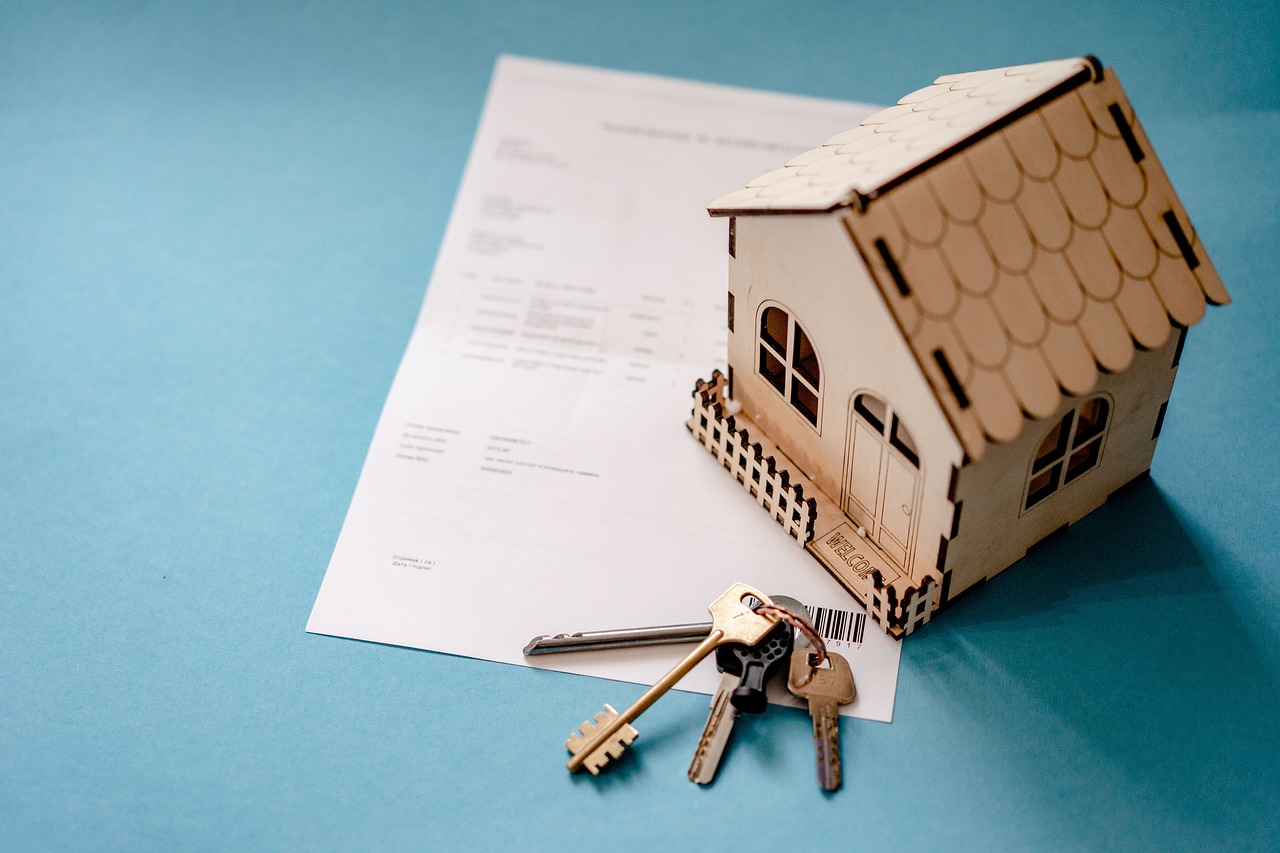Understanding Fannie Mae: America's Housing Finance Giant Explained
Understanding Fannie Mae: America's Housing Finance Giant Explained

What is Fannie Mae?
The Federal National Mortgage Association (FNMA), commonly known as Fannie Mae, stands as one of America's most influential financial institutions, playing a crucial role in the U.S. housing market. As a government-sponsored enterprise (GSE), Fannie Mae serves as the backbone of mortgage financing, helping millions of Americans achieve homeownership through innovative mortgage products and market stability.
With over $4.3 trillion in total assets as of 2025, Fannie Mae ranks as the largest company in the United States by assets and the fifth largest globally. This massive scale enables the organization to provide essential liquidity to the mortgage market, ensuring that lenders have the funds necessary to offer affordable home loans to qualified borrowers across the nation.
History and Formation: Born from the Great Depression
Fannie Mae's origins trace back to 1938, during the height of the Great Depression when the American housing market faced unprecedented challenges. With nearly 25% of homeowners losing their properties to foreclosure and mortgage debt defaults reaching 20-25% nationwide, President Franklin D. Roosevelt's New Deal administration recognized the urgent need for housing market intervention.

Congress established Fannie Mae through amendments to the National Housing Act, originally chartered as the National Mortgage Association of Washington. The organization's primary mission was to provide local banks with federal funding to finance home loans, thereby increasing homeownership rates and making affordable housing more accessible to American families.
For three decades following its inception, Fannie Mae maintained a monopoly over the secondary mortgage market. In 1968, the organization underwent a significant transformation, converting from a government agency to a publicly traded company while retaining its government-sponsored enterprise status.
How Fannie Mae Works: The Secondary Mortgage Market
Fannie Mae operates through a sophisticated system known as the secondary mortgage market. Here's how this process benefits homebuyers and the broader economy:

Step 1: Mortgage Purchase
Fannie Mae purchases mortgages from banks, credit unions, and other approved lenders, providing them with immediate cash flow to make additional loans.
Step 2: Securitization
These purchased mortgages are bundled together and converted into mortgage-backed securities (MBS), which are then sold to institutional investors worldwide.
Step 3: Market Liquidity
This continuous cycle ensures that lenders always have access to funds for new mortgage originations, maintaining consistent availability of home loans even during economic uncertainty.
Impact on the American Housing Market
Fannie Mae's influence on the U.S. housing market cannot be overstated. The organization has helped make the 30-year fixed-rate mortgage a cornerstone of American homeownership, providing borrowers with predictable monthly payments and the flexibility to refinance when interest rates decline.
Key contributions include:
- Market Stability: During economic downturns, Fannie Mae continues operating when private lenders retreat, ensuring mortgage availability
- Affordable Housing Programs: Products like HomeReady mortgages allow qualified borrowers to purchase homes with down payments as low as 3%
- Innovation in Underwriting: Advanced technology like Desktop Underwriter (DU) has streamlined the mortgage approval process for over 30 years
- Support for Diverse Borrowers: Programs specifically designed for first-time homebuyers, veterans, and underserved communities

In the first half of 2025 alone, Fannie Mae provided $178 billion in funding to support the U.S. housing market and helped 668,000 households buy, refinance, or rent homes.
The 2008 Financial Crisis and Government Conservatorship
The 2008 financial crisis marked a pivotal moment in Fannie Mae's history. As the subprime mortgage crisis unfolded, both Fannie Mae and its counterpart Freddie Mac faced severe financial distress due to their exposure to declining housing markets and increased foreclosure rates.
On September 7, 2008, the Federal Housing Finance Agency (FHFA) placed both organizations into government conservatorship, effectively taking control of their operations. This unprecedented intervention prevented a complete collapse of the U.S. mortgage market and maintained confidence in mortgage-backed securities held by investors worldwide.
Current Status and Operations
Today, Fannie Mae continues to operate under FHFA conservatorship while serving its essential market function. The organization has not only recovered from the 2008 crisis but has emerged stronger, implementing enhanced risk management practices and contributing significantly to government revenues through dividend payments.
Since 2013, Fannie Mae has paid over $134 billion in dividends to the U.S. Treasury, approximately $18 billion more than it received in government support during the crisis. This demonstrates the organization's return to profitability and its ongoing value to American taxpayers.

Frequently Asked Questions
Is Fannie Mae a government agency?
No, Fannie Mae is not a federal agency. It is a government-sponsored enterprise (GSE) under the conservatorship of the Federal Housing Finance Agency (FHFA). While it has government backing, it operates as a private corporation.
How does Fannie Mae make money?
Fannie Mae generates revenue primarily through guarantee fees on mortgage-backed securities and the interest rate spread between its borrowing costs and the returns on its mortgage portfolio investments.
What is the difference between Fannie Mae and Freddie Mac?
Both are government-sponsored enterprises that purchase mortgages and create mortgage-backed securities. However, Fannie Mae was created first (1938) and typically purchases mortgages from commercial banks, while Freddie Mac (1970) traditionally focused on savings and loan associations.
Can individuals invest in Fannie Mae?
Yes, Fannie Mae stock trades on the over-the-counter market under the ticker symbol FNMA. However, due to the conservatorship status, investment carries significant risks and the stock is considered highly speculative.
Share This Article
Found this information about Fannie Mae helpful? Share it with others who might benefit from understanding America's housing finance system!